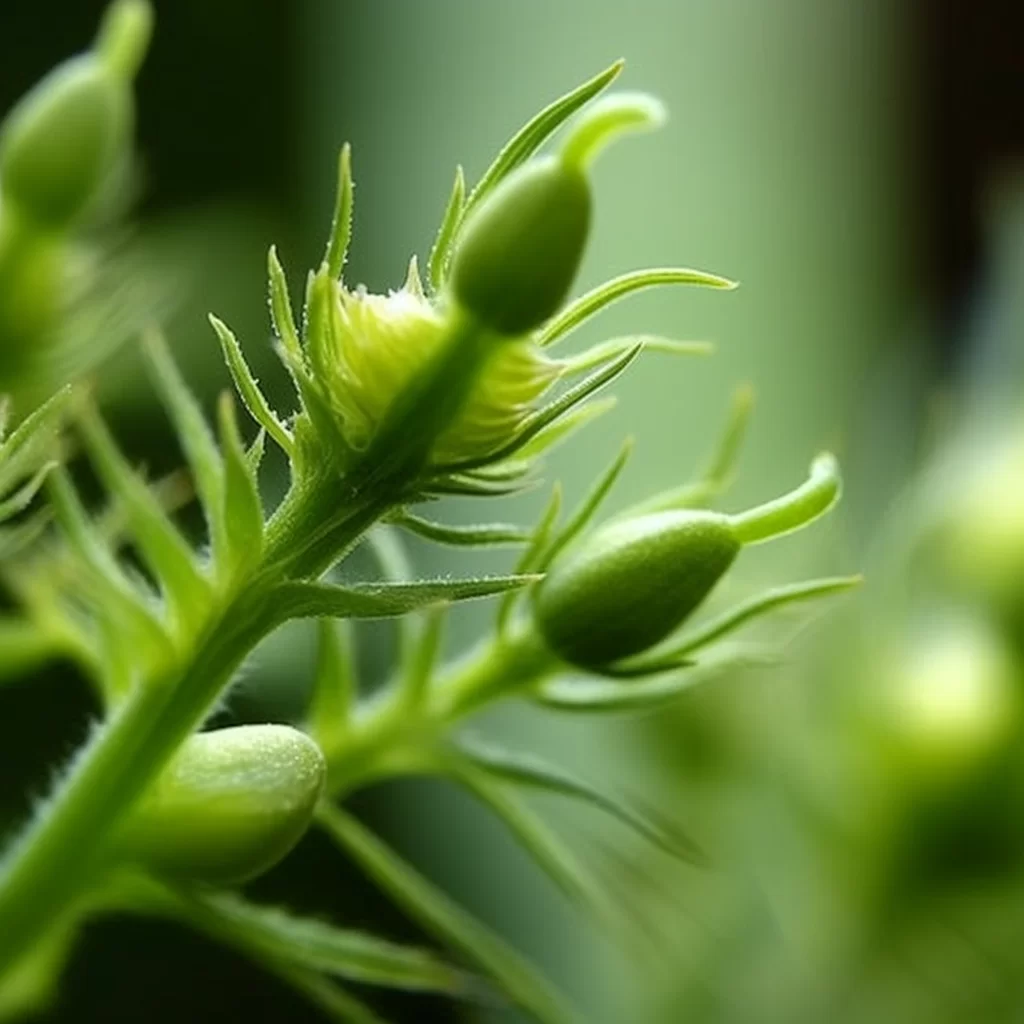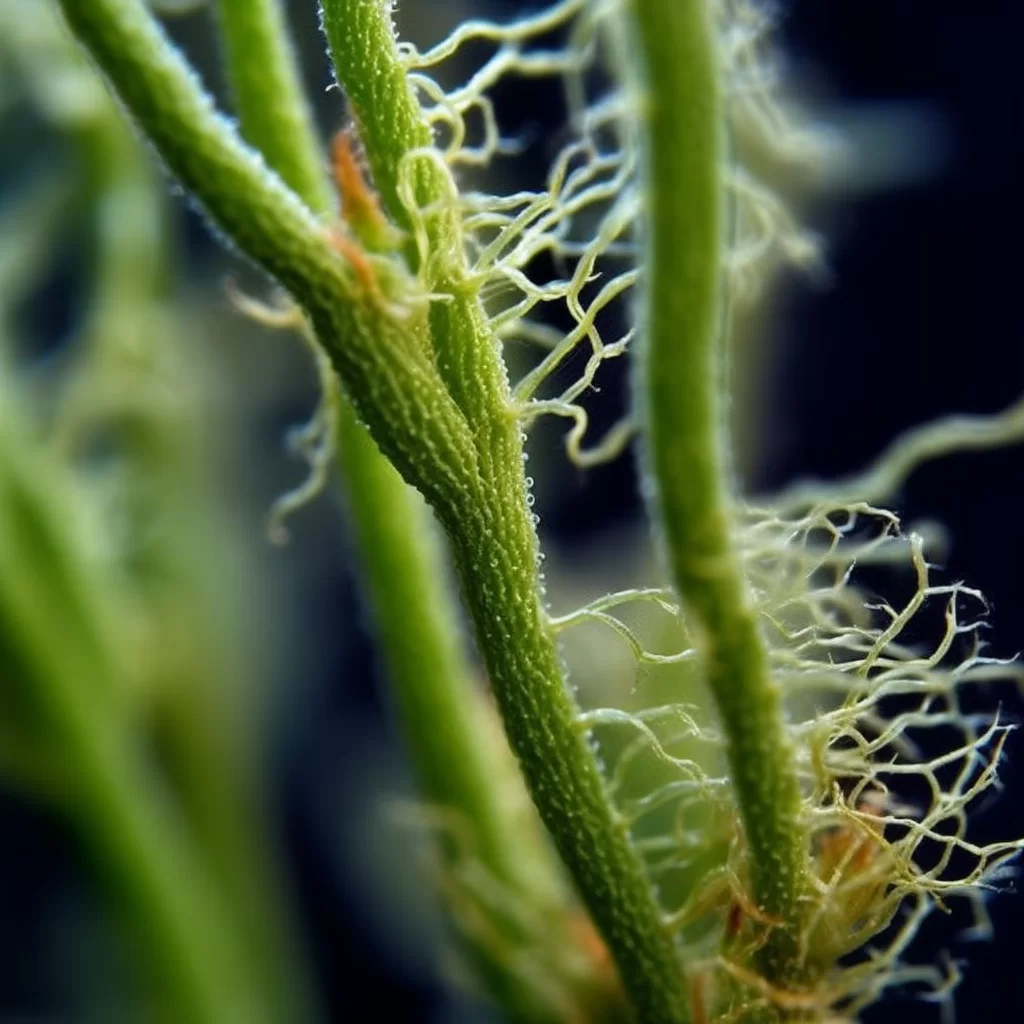Story of Day :
Contents
Seedless Vascular Plant: Complete Guide and Care Tips
Gardening enthusiasts are always on the lookout for new types of plants to add to their collection.
The seedless vascular plant is one such variety that has recently gained popularity among gardeners.
These fascinating plants have a unique structure and require specific care.
This complete guide will provide you with all the necessary information about seedless vascular plants, including what they are, how to care for them, and some interesting facts.
What are Seedless Vascular Plants?
Seedless vascular plants are ancient plant species that first appeared over 400 million years ago during the Devonian period.
They were dominant in the Carboniferous period as towering tree ferns and extinct relatives of modern-day horsetails grew throughout much of Earth’s landmasses.
Today, there are approximately 12,000 species of seedless vascular plants divided into three groups: lycophytes (club mosses), ferns (including horsetails), and whisk ferns/psilopsids (including spikes).
Unlike flowering plants that produce seeds enclosed in fruits or pods, these types of non-seed producing plants rely on spores for reproduction.

Care Tips
Caring for seedless vascular plant involves understanding their unique growth habits.
Here are some tips you need to follow:
Light Requirements
- The best place to grow a seedless vascular plant is in an area that gets partial or full shade.
- Avoid direct sunlight as it can scorch their delicate fronds.
- If growing indoors, place your potted seeds away from windowsills exposed directly to strong sunlight – filtered light works best!
Soil Conditions
- Seedless vascular plants can grow in a variety of soil types, but they prefer well-draining, acidic soil with a pH between 5.0-6.5.
- If planting in a pot, use potting mix rich in peat moss and perlite or vermiculite instead of garden soil.

Watering Requirements
- These plants require consistently moist soil without being waterlogged.
- Avoid letting the roots dry out completely as it can lead to stunted growth or even death
- Water when the top inch of soil feels dry to the touch but don’t overwater them!
.
Fertilizer
- Avoid using fertilizers high in nitrogen as it can burn their leaves and cause root rot
- Use slow-release organic fertilizer every few months during the growing season for optimal growth and boost plant health.
.
Interesting Facts
The seedless vascular plant has some fascinating facts that make them unique compared to other plant species:

- The largest ferns on earth were tree ferns that could reach up to 80 feet tall during the Carboniferous period thousands of years ago.
Today’s tree ferns are much smaller, reaching only about 10-20 feet tall at most!
- Horsetails have been used for centuries as an abrasive material because their stems contain silica which gives them a gritty texture; ancient people even used horsetails as sandpaper!
- Lycopods (club mosses) were once thought by early botanists to be medicinal herbs due to their ability to produce spores that ignite like gunpowder upon contact with fire!
Conclusion
Seedless vascular plants are fascinating to grow and can add a unique touch to any garden.
By following the care tips presented in this guide, you can successfully cultivate these ancient plants.
Remember, they require specific lighting, soil conditions, and watering requirements.
With proper care and attention, your seedless vascular plant can thrive for years to come.